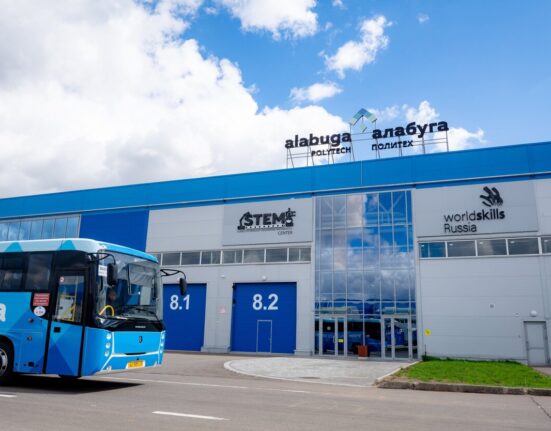Afghanistan’s economy is gradually recovering, but at a slow pace, and the outlook remains uncertain due to fiscal pressures, a widening trade deficit, and persistent poverty and food insecurity, says the World Bank’s latest Afghanistan Development Update.
Afghanistan’s GDP is estimated to have grown 2.5 percent in 2024, marking the second consecutive year of economic expansion. The recovery is primarily driven by the agriculture, mining, construction and commerce, while manufacturing and services continue to face challenges due to an unfavorable business environment, persistent export barriers, and a reduction in foreign aid. Despite modest gains in private consumption and real estate investment, rising imports have widened the trade deficit, heightening external vulnerabilities.
Amid rapid population growth, per capita income has stagnated, while poverty and food insecurity remain pressing challenges, exacerbated by high unemployment and restrictions on women’s economic participation.
Deflation pressures have eased. However, risks to economic stability, wages and investment persist, requiring urgent policy interventions to prevent long-term stagnation. The banking sector remains fragile, marked by regulatory uncertainty, rising non-performing loans, and constrained lending activity. The sector’s liquidity remains a concern, reflecting the need for robust financial reforms to support economic stability.
“While Afghanistan’s economy is showing signs of recovery, it continues to be held back by significant fiscal challenges, with domestic revenue mobilization proving insufficient to offset a decline in aid,” said Faris Hadad-Zervos, World Bank Country Director for Afghanistan.
The report’s special chapter examines the country’s employment challenges, particularly for youth and women. The report notes that Afghanistan’s youthful population represents a significant source of resilience and untapped potential. However, youth employment remains a considerable challenge, with nearly one in four young Afghans unemployed. The report emphasizes the urgent need for well-designed employment programs that can help young Afghans develop skills and gain greater economic agency, particularly for women, to drive economic recovery and long-term stability.




